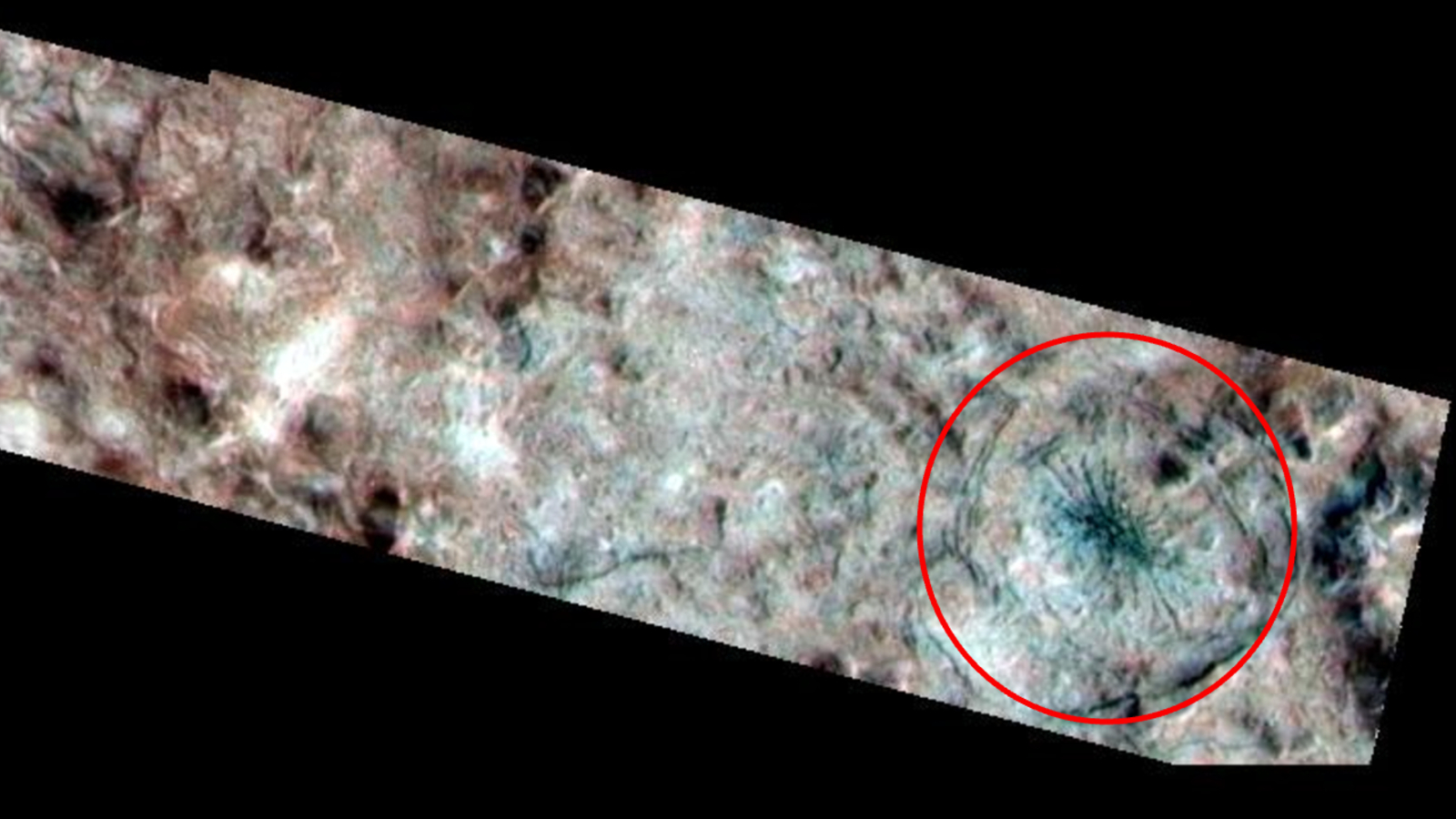'Sleeping giant' fault beneath Canada could unleash a major earthquake, research suggests
A new assessment of the enormous Tintina fault suggests it has been slowly accumulating strain over thousands of years.

A major fault in the Yukon, Canada, that has been quiet for at least 12,000 years may be capable of giving off earthquakes of at least magnitude 7.5, new research suggests.
Based on the amount of strain the Tintina fault has accumulated over the past 2.6 million years, it is now under an amount of stress that could lead to a large quake within a human lifespan, researchers reported July 15 in the journal Geophysical Research Letters. The finding may require experts to rethink the earthquake danger in the region, the study authors said.
An magnitude 7.5 earthquake would threaten a few small communities within the remote Yukon. But the finding that the Tintina fault may be capable of such a large quake is notable because the fault has been quiet since before the last ice age ended.
"Major ancient faults like that can remain as weak zones in the Earth's crust and then focus ongoing tectonic strain," Theron Finley, a geoscientist who conducted the research while earning his doctorate at the University of Victoria in Canada, told Live Science.
The Tintina fault is over 620 miles (1,000 kilometers) long and stretches from northeast British Columbia through the Yukon and into Alaska. On its southern end, it connects to the Rocky Mountain Trench fault, which creates a huge valley through southern Canada and northern Montana.
Forty million years ago, during the Eocene epoch, one side of the Tintina fault slid 267 miles (430 km) against the other at a rate of about half an inch (13 millimeters) each year. Today, the fault seems quiet, with only occasional small earthquakes of magnitude 3 to 4 in some sections.
However, "there has always been a question of whether it's still a little bit active or still accumulating strain at a slower rate," Finley said.
Get the world’s most fascinating discoveries delivered straight to your inbox.
To find out, Finley and his colleagues used high-resolution satellite data and lidar imagery of the Yukon. Lidar is a type of laser measurement that allows for precise imaging of topography while ignoring vegetation — an important tool for an area blanketed with forest. With this imagery, the researchers looked for signs on the surface of ancient earthquakes, such as fault "scarps," where the ground moved sharply upward on one side of the fault.
"Those features can be hundreds of kilometers long in some cases, but they're only on the order of a couple meters high or wide, so we need the really high-resolution topographic data," Finley said.
The researchers determined the dates of each rumple of the landscape by using traces left by incursions of glaciers, which occurred at known intervals 12,000 years ago, 132,000 years ago, and 2.6 million years ago. They found that over 2.6 million years, the fault's sides moved relative to each other by about 3,300 feet (1,000 m). Over the past 136,000 years, the opposing sides of the fault moved about 250 feet (75 m). It probably took hundreds of earthquakes to accumulate all that movement, Finley said, which translates to between 0.008 and 0.03 inches (0.2 to 0.8 mm) per year.
The fault has not had a large earthquake that ruptured the ground surface for at least 12,000 years, according to the study. The researchers estimate that in that period, the fault has accumulated about 20 feet (6 m) of built-up strain — movement that hasn't yet been released in an earthquake. The fault probably breaks at between 3 and 33 feet (1 to 10 m) of strain, Finley said, so it's in the range where it might normally fracture.
"It could still be many thousands of years before it reaches the threshold where it ruptures, but we don't know that and it's very hard to predict that," Finley said.
Because the fault is active in its Alaska portion, it's not surprising to learn that the Tintina fault could be a sleeping giant, said Peter Haeussler, a geologist emeritus at the U.S. Geological Survey in Alaska. He said he was glad to see the evidence emerge."Somebody's finally found evidence for activity on the Tintina fault in the Yukon," Haeussler told Live Science.
"It ups the seismic hazard for this neck of the woods a little bit," he added, but not enormously, as the region was already known to be seismically active. The fault runs near Dawson City, Canada, Finley said, which has a population of about 1,600 and would be most threatened by a large quake. There are also mining facilities in the area, as well as a risk of quake-triggered landslides.
To better understand the risk, geoscientists will need to excavate trenches in the fault to look for rock layers that show past earthquakes and how often they occurred.
"Right now, we just know that many have occurred, but we don't have a sense of how frequently," Finley said. "Is 6 meters a lot of strain, or is it more likely there's a long way to go before another rupture?"

Stephanie Pappas is a contributing writer for Live Science, covering topics ranging from geoscience to archaeology to the human brain and behavior. She was previously a senior writer for Live Science but is now a freelancer based in Denver, Colorado, and regularly contributes to Scientific American and The Monitor, the monthly magazine of the American Psychological Association. Stephanie received a bachelor's degree in psychology from the University of South Carolina and a graduate certificate in science communication from the University of California, Santa Cruz.
You must confirm your public display name before commenting
Please logout and then login again, you will then be prompted to enter your display name.


